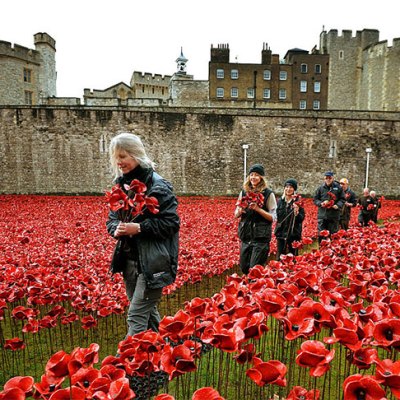In Jean-Étienne Liotard’s Chocolate Girl, a fresh-faced chamber maid carries a lacquer tray with a glass of a water and a Meissen porcelain cup filled with dark chocolate to the bedside of her mistress. Still morning light enters the room from a window, the frame of which is reflected in the water. The cup is supported in a silver trembleuse, with thumb-piece and supporting ring, providing the stability required for drinking this rich concoction in bed. A similarly formed gold trembleuse from a breakfast service designed for Empress Maria Theresa in around 1750 survives in Vienna. In Liotard’s exquisite pastel, the silver saucer contains sweet biscuits to offset the bitter taste of the chocolate. (The water-filled glass was similarly an essential accompaniment to the thick consistency of the drink.)
‘The most beautiful pastel ever seen’ is how the Venetian pastellist Rosalba Carriera described the work, created in 1744. This is the title of the painting-in-focus exhibition at Dresden’s Gemäldegalerie Alte Meister (Old Masters’ Gallery), which shines a spotlight on the best-known painting in this collection after Raphael’s Sistine Madonna.
Liotard was born in Geneva in 1702 to Huguenot parents who had fled religious persecution in Montélimar, near Lyon, in 1685. His father was a tailor and textile merchant. Jean-Étienne learnt his artistic skills in his birthplace, the city that specialised in producing sophisticated enamel cases for the flourishing export trade in pocket watches. His astonishing technique in pastel is explained in wall texts and an excellent accompanying catalogue by curator Roland Enke and conservator Christoph Schölzel. Pastel on parchment, with its extremely high (90 per cent) concentration pigment, provided durability of colour intensity and the potential to capture textures. Undercoats were carefully prepared and highlights added with minute touches of gouache. The artist’s swift, confident execution was then protected under glass and an elaborately carved gilt-wood frame, which complements the composition with its floral wreath, small mirror suggesting the toilette (a later part of the morning ritual), and needlework, knitting, folded fan and bouquet tied with a ribbon to emphasise the femininity of the subject.
The Chocolate Girl (c. 1744), Jean-Étienne Liotard. Staatlichen Kunstsammlungen Dresden. Photo: Google Art Project

The Stoubmenche (chambermaid) is demurely dressed in a pale pink Bohemian bonnet; her décolletage covered with a shawl; her apron tied at the waist over her grey skirt. The social caché of such servants in elite households was carefully guarded under Empress Maria Theresa, who in her youth had appeared in costume disguised as a peasant girl. Chocolate was promoted by the Catholic church as it was recognised as a drink suitable for fast days. Yet it was twice the price of coffee. The costly equipment, Japanese lacquer tray, porcelain decorated with ‘Indian’ flowers in red, blue and gold, and the silver trembleuse reflect the luxurious quality of this morning elixir.
The painting was made as a demonstration of the artist’s skill, without a commission or a buyer. The following year, in 1745, Liotard left Vienna for Venice and it was there that Augustus III’s agent Count Francesco Algarotti purchased what he described as ‘a Holbein in pastel’ for the Dresden collection. A display of the Pastel Cabinet established at the royal palace in 1748, complete with French mirrors and inlaid floor, has been recreated for the current exhibition, with a room devoted to its many pastels by Rosalba Carriera and Anton Raphael Mengs. The Chocolate Girl is one of four pastels by Liotard in the Dresden collections – another is a self-portrait of the artist in Turkish costume, presented by the Duke de Richelieu to Augustus III.
Because chocolate was distributed through Spain from its South American empire, it came to be associated with Catholicism in contrast to coffee’s Protestant associations. Yet by 1700, in London, Lady Palmerston was drinking bitter chocolate with her husband as a daily memorial to her Protestant forbears, the merchants and financiers of the Houblon family. The gold cups that served as vessels for chocolate, held today in the British Museum, were fashioned from recycled memorial rings gifted by her departed relatives with inscriptions copied into their handles and bases.
In Dresden, meanwhile, Liotard’s Chocolate Girl was chosen as symbol of the ‘City of Chocolate’. The city’s oldest chocolate factory, Jordan & Timaeus, exhibited chocolate bars with the Chocolatière in relief at the Great Exhibition in London in 1851. When in 1883 the Saxon king Albert visited the Otto Rüger chocolate company in Dresden, he was presented with a cup of the finest hot chocolate by the proprietor’s eldest daughter, who was dressed as Liotard’s Chocolate Girl.
‘The most beautiful pastel ever seen’ is at the Gemäldegalerie Alte Meister, Dresden, until 6 January 2019.



